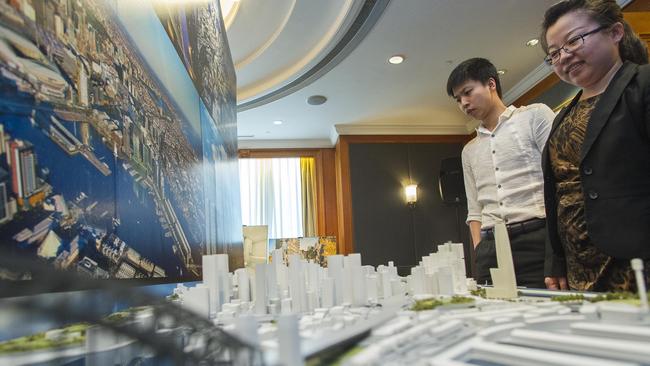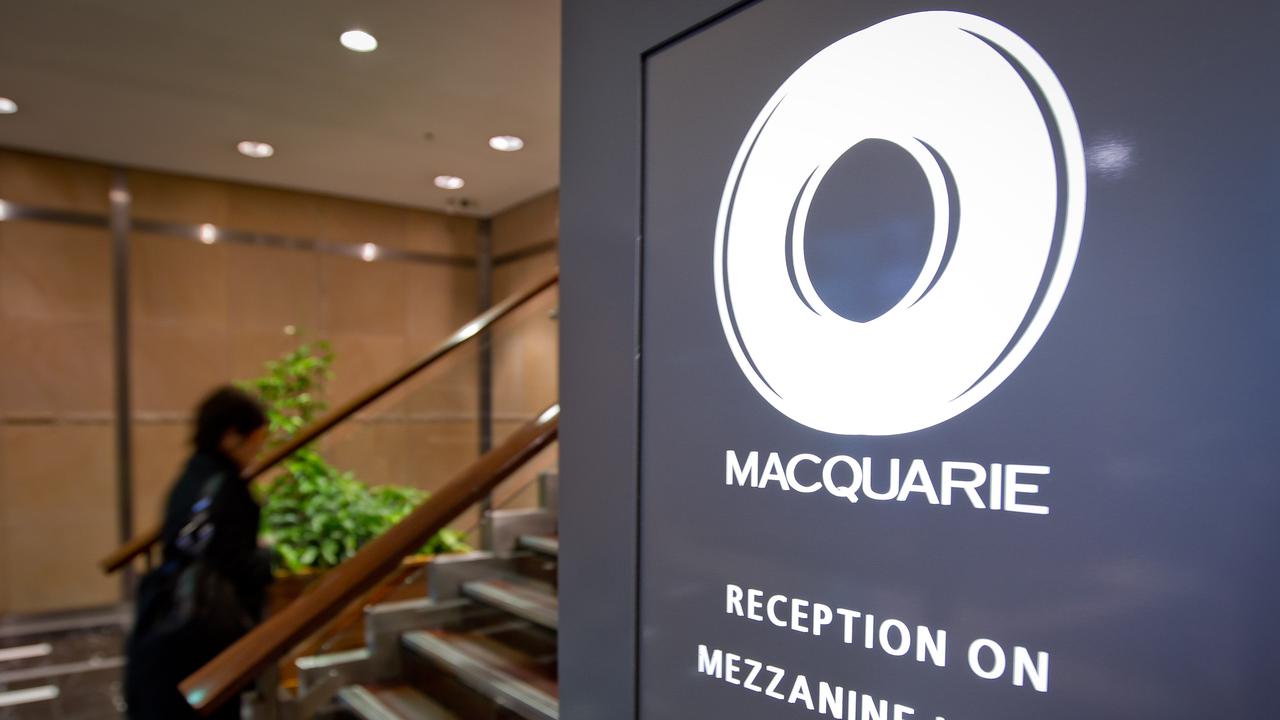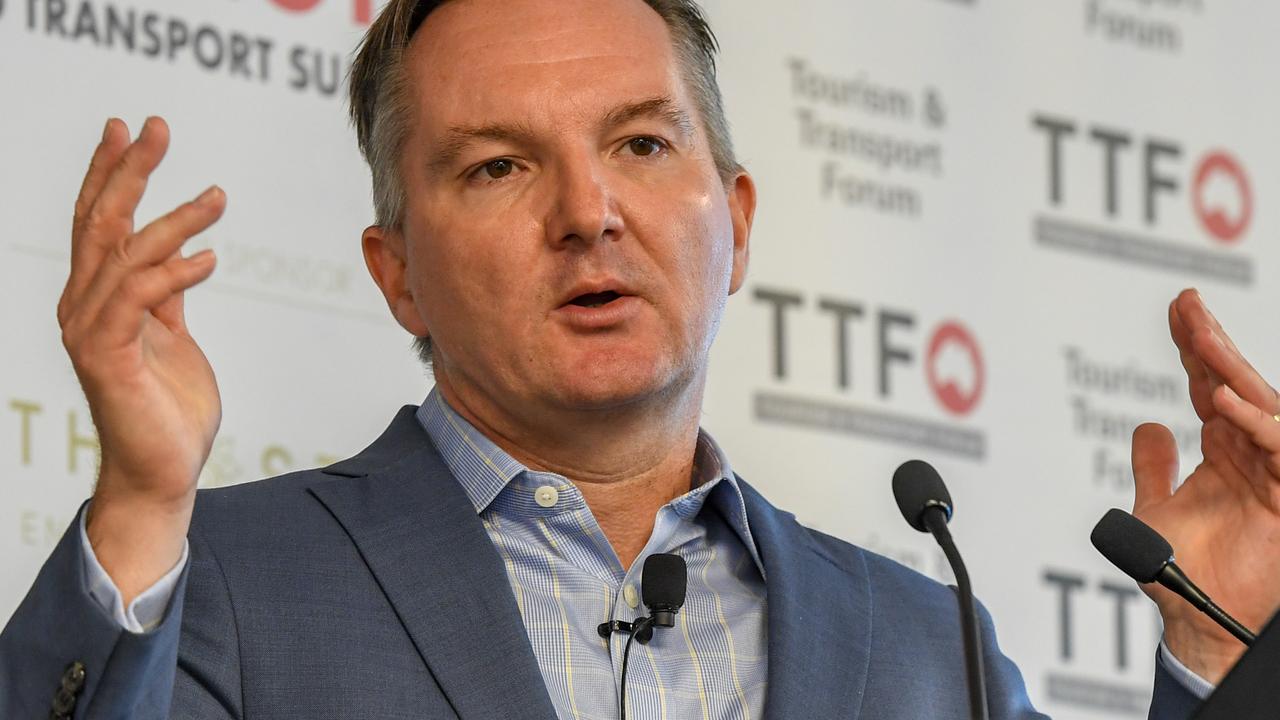
Yesterday, I highlighted two of those fundamental changes — the swing in the US towards protectionism and the decision by the CBA (subsequently followed by the other big banks) to actually raise term deposit interest rates at a time when the Reserve Bank was lowering official interest rates.
(The end of a horrible bank deposit rates rout, August 2 and Paying the price of America’s protectionist turn, August 2)
Steven Bartholomeusz added further detail on the changing banking situation (Why banks are splitting the difference on rates, August 3).
At the end of this commentary I am going to add more detail as to why CBA chief executive Ian Narev acted so dramatically after the rates reduction announcement but first I want to take you to the third dramatic event that is changing the world — the retreat of the Chinese capital that has been boosting North American and Australian real estate.
We know the Chinese have pulled back from investing in Australian real estate and that there are thousands of apartments, particularly in Melbourne, which are being built based on sales to buyers that have been secured with a 10 per cent deposit, with doubts over whether these Chinese buyers will be able to complete the purchase (Dramatic shifts herald a new era in residential property, May 12 and ATO bombshell is a fresh blow to Asian buyers and the property market, May 19).
But we are just a side game. The real action is in New York. Here I am grateful to Bloomberg for uncovering what has happened because the US and Canadian forces will further affect Australia. I am publishing extracts from the Bloomberg report and then will give you a link to the whole report.
Like Melbourne and Sydney, North American cities such as New York, San Francisco and Vancouver have seen massive flows of legal and illegal Chinese capital which have created a massive rise in real estate prices which have all the appearances of a bubble.
The Chinese cracked down on the illegal capital flows last year and early in 2016 but it took time for the crackdown to take effect. But now it’s starting to be felt in North America.
Here are some of the measures that the Chinese are taking:
- Increased scrutiny of transfers overseas — some Shanghai banks have recently asked their outlets to closely check whether individuals sent money abroad by breaking up foreign-currency purchases into smaller transactions and to take punitive action if violations were discovered. The Chinese have been duplicating the $50,000 quota that applies to individual through various bank accounts.
- Curbing the offshore supply of Chinese yuan to make shorting costlier — The PBOC told some onshore lenders to stop offering cross-border financing to offshore counterparts late last year and on January 11 advised some Chinese banks’ units in Hong Kong to suspend offshore yuan lending unless necessary.
- Restricting companies’ foreign-exchange purchases — companies can only buy overseas currencies a maximum five days before they make actual payments for goods, having previously been free to make their own decisions on timing.
- Suspension of foreign banks — DBS Group Holdings Ltd. and Standard Chartered Plc were among overseas banks suspended from conducting some foreign-exchange business in China currency’s exchange rates in Shanghai and Hong Kong.
- Outbound investment quotas frozen — China has suspended new applications under the Renminbi Qualified Domestic Institutional Investor program, which allows yuan from the mainland to be used to buy offshore securities denominated in the currency. It has also refrained from granting new quotas for residents to invest in overseas markets via its Qualified Domestic Institutional Investor program since March.
- Delaying the Shenzhen stocks link — China originally planned to start a link between the Shenzhen market and the Hong Kong bourse last year, but the plan was delayed amid the mainland’s equities rout.
- UnionPay debit-card clampdown — new measures were introduced in December to crackdown on illegal China UnionPay Co. card machines, which were suspected of being used to channel funds offshore via fake transactions, most notably in Macau’s casinos.
- Underground banking clampdown — China last year busted the nation’s biggest “underground bank,” which handled 410 billion yuan ($US62bn) of illegal foreign-exchange transactions.
The party looks to be over and Australia, along with North America, will now have to adapt its real estate market to a new era and hope that people from Hong Kong will fill the gap.
Also overnight the extent of the European concerns that caused Australian banks to lift deposit rates were set out.
While the results of the latest stress test on European banks were better than many expected, in some ways they multiplied fears that the banks would fail in a crisis and bank stock selling (which has wiped out half the market value of the equity in most European banks) continued.
CNN Money quotes Diane Pierret, a finance professor at the University of Lausanne’s business school:
“The banks are poorly capitalised. They still have bad assets on their balance sheets, like bad loans ... and the risk of contagion from the banks of one country to another country is also high.”
Pierret and fellow academics say 29 of the 51 banks would fail an American-style stress test, and they need to raise €123bn ($US138 billion) in capital to shore up their finances.
Italian banks fared particularly badly. Analysts at Barclays said stability in the Italian sector would remain “brittle” despite news Friday of a private sector rescue for Banca Monte dei Paschi di Siena. Details of the bailout have led to heightened concerns about rival UniCredit’s financial health.
Accordingly, the Australian banks believe the game of borrowing big in Europe and lending here is now too risky and, in any event, the regulators are forcing our banks to make greater use of local deposits.
But the change comes at the same time as fundamental shifts in China and the US are taking place.
The Bloomberg report can be found here.




The business and financial world as we have known it for most of the current decade is now undergoing fundamental change. We will look back on the first seven months of 2016 as the final period of the post-GFC era.